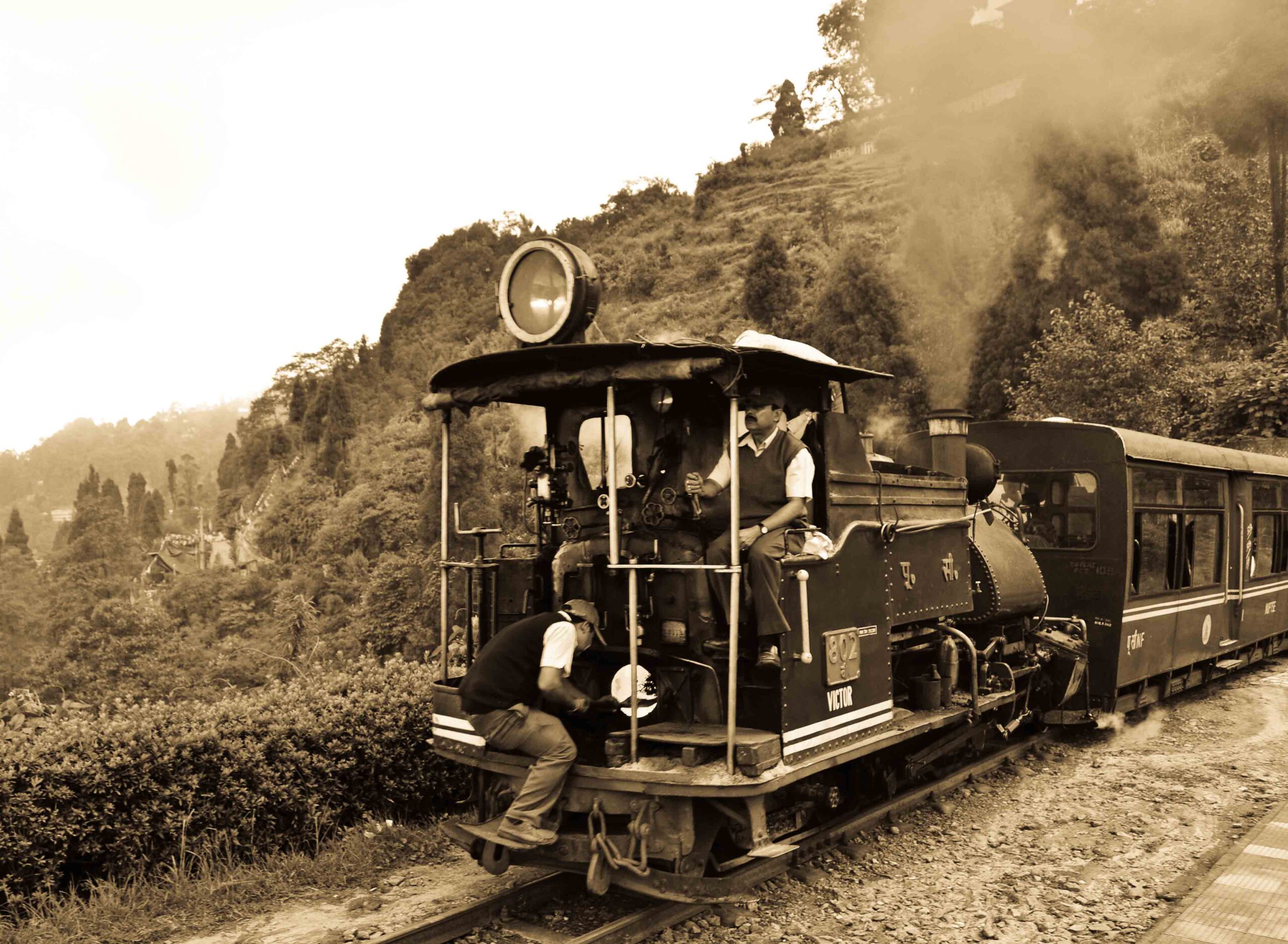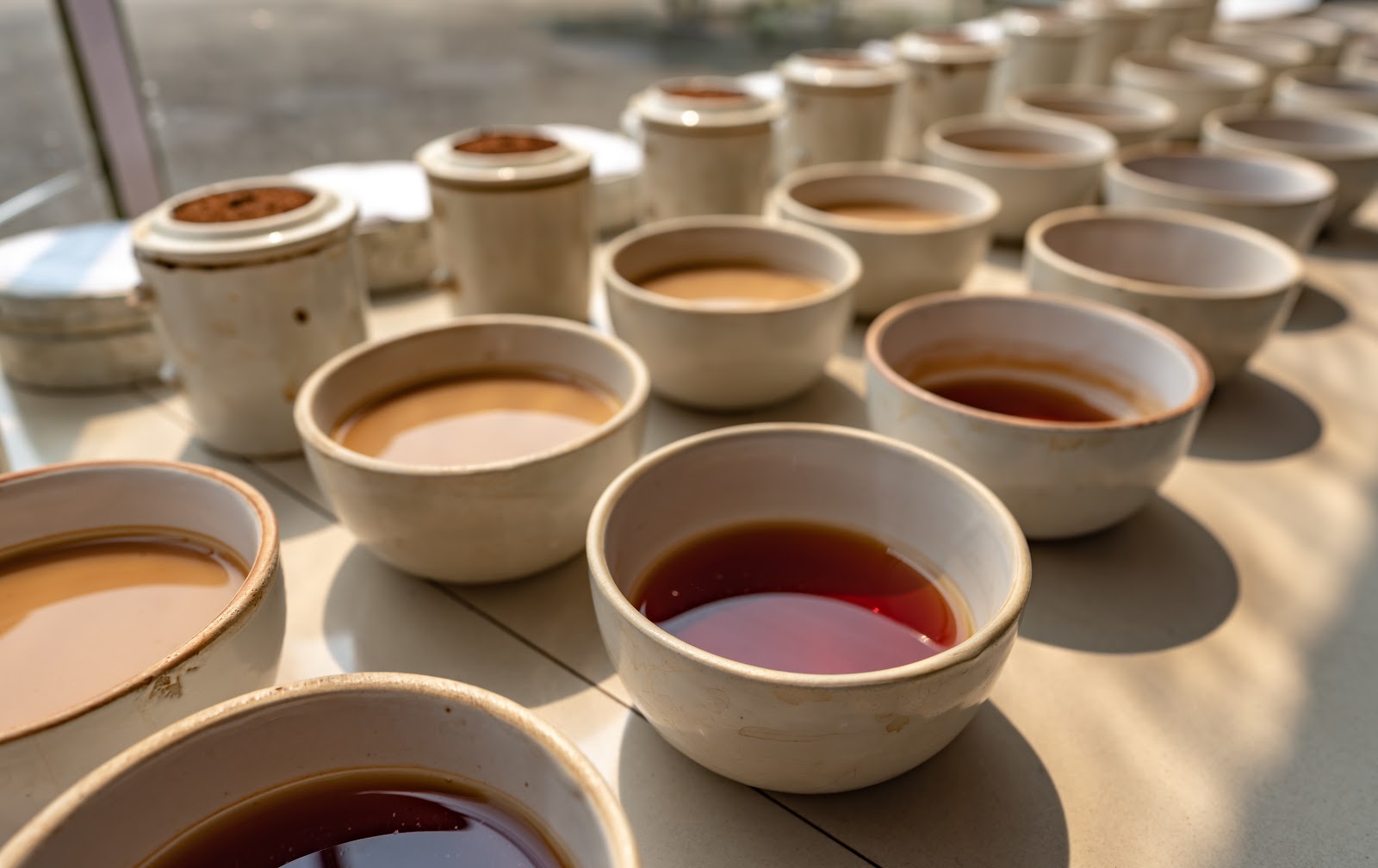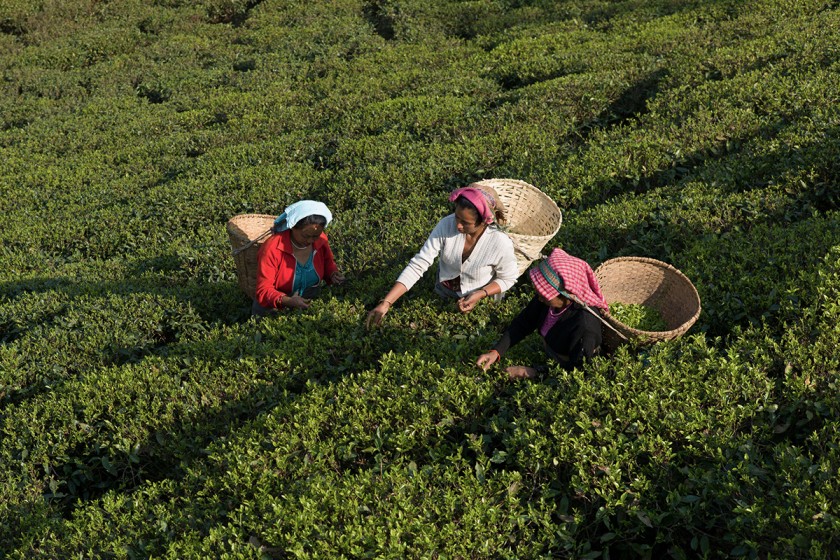What is the annual output of tea in Darjeeling tea producing area? A brief introduction to the history of tea cultivation in Darjeeling and the development history of tea gardens in producing areas
We all know Darjeeling Tea and how it is famous in the world. This kind of tea is famous for its unique "musk flavor", which makes it more popular with tea lovers. This unique smell can be attributed to the cool and humid climate, soil, abundant rainfall required in 50 "to 60" years and sloping terrain. Darjeeling Tea's story is intertwined with the history of Darjeeling, which was founded more than 150 years ago during British rule. To be exact, Darjeeling Tea's history can be traced back to 150 years ago. The tea was originally grown by Dr. Campbell (a civilian surgeon) in his garden at 700Oft above sea level in Beachwood, Darjeeling. Later, in 1847, he ordered the plant to be cultivated to the government in the tea garden. The first commercial tea gardens planted by the British (1952) were Tukvar, Steinthal and Aloobari tea gardens. These estates used seeds from government nurseries, and Darjeeling Tea's production began. Because tea is a labor-intensive industry and requires a lot of manpower, there are job opportunities for Darjeeling locals and people on the Nepalese border.

In 1866, Darjeeling had 39 gardens and produced about 21000 kilograms of tea. By 1870, it had 56 gardens and produced about 71000 kilograms of tea. Darjeeling Tea Company was founded in 1860-1864 and has four new gardens. Today, these gardens are famous for producing the best aromatic tea in the world. Darjeeling has 86 tea gardens, which produce about 10 million kilograms of tea every year. The height of tea planting in Darjeeling is between 100 and 2000 feet. Today, more than 70% of Darjeeling tea gardens have begun to produce organic tea without chemical fertilizers. In addition, they have also been certified by world-renowned institutions, such as IMO (Switzerland), Demeters (Germany), Indian Organic, USDA and so on. Darjeeling has four major harvests a year. The first flowering is from the first week of March to the first week of May. This kind of tea is green and has a faint aroma. The second season has a more musky taste from the third week of picking at the end of May to the third week of June. The third season, also known as the "rainy season crop", is harvested in the second week from July to September. This is a kind of low-grade tea, due to the influence of the monsoon, the brewed tea is very dark in color and dark in character. The last and last tea is called "autumn water", and the harvest time is from the last week of September to the second week of November. The tea produced here has a very unique aroma.
Important Notice :
前街咖啡 FrontStreet Coffee has moved to new addredd:
FrontStreet Coffee Address: 315,Donghua East Road,GuangZhou
Tel:020 38364473
- Prev

How many kinds of tea are there in Darjeeling tea producing area? What is Darjeeling Tea's history and cultivated tea varieties?
Darjeeling tea is produced in Darjeeling, West Bengal, India. It is found in green tea, white tea, oolong tea and black tea. If brewed properly, Darjeeling Tea is a thin and light-colored brew with a floral scent. Because of its unique flavor and aroma, Darjeeling Tea is often called the champagne in the tea. Darjeeling Tea's
- Next

What is the unique taste of Darjeeling autumn-picked black tea? When is the best time to pick black tea? Is it expensive to pick black tea in autumn or in spring?
If you are a tea drinker or are looking for a less stressful alternative to coffee, you must consider picking tea in autumn. If you know how to make coffee correctly, you may never drink coffee again. Because of the wide variety of tea, it is sure to be a little overwhelmed; however, tea appreciation
Related
- Customers have "changed" Manner's new products! Shop assistant: Please don't mess around!
- Remove sockets in customer areas at Starbucks stores?! Netizen: I won't go if I really tear it down
- What is the difference between the taste steps of sun-dried coffee and washed coffee? Why is sun-cured coffee sweeter and washed coffee sour?
- The recipe for salty grapefruit dirty is revealed! Coffee Festival salty grapefruit dirty coffee making materials parameters ratio milk share!
- How about the flavor of Sunlight 74158 at Sidamo Banshaha Mathieu Processing Factory in Ethiopia? 74158 Share the proportion of coffee brewing parameters!
- What effect does Italian American coffee with filter paper have? Will coffee taste better if it is put on filter paper at the bottom of the powder bowl?
- What is the color difference in coffee beans? What are the characteristics of honey processed coffee beans? Why are the anaerobically treated coffee beans uneven in color?
- How does novice Xiaobai quickly get started and make coffee? Newbies learn to make coffee by hand and share the specific steps and process process!
- Costa tea has a shelf life of 100 years?! Expert: Unable to verify
- It's a huge uproar! American milk addition was rejected by Manner employees?!

